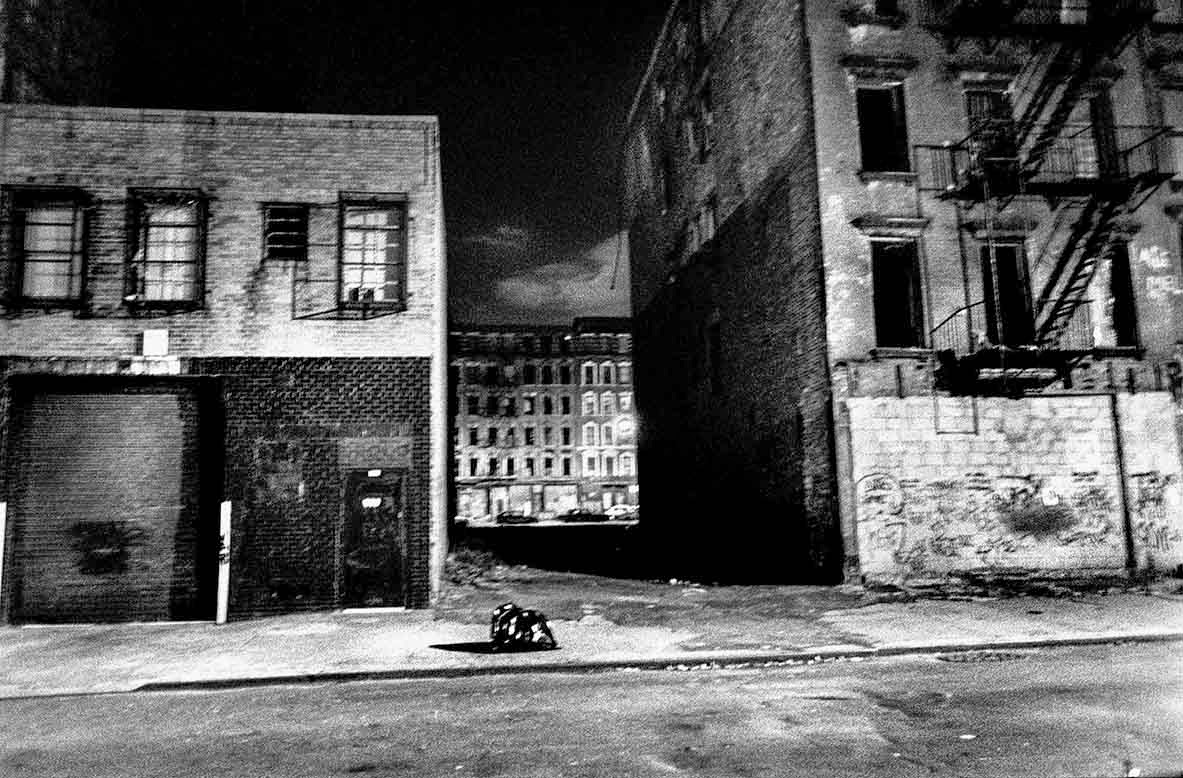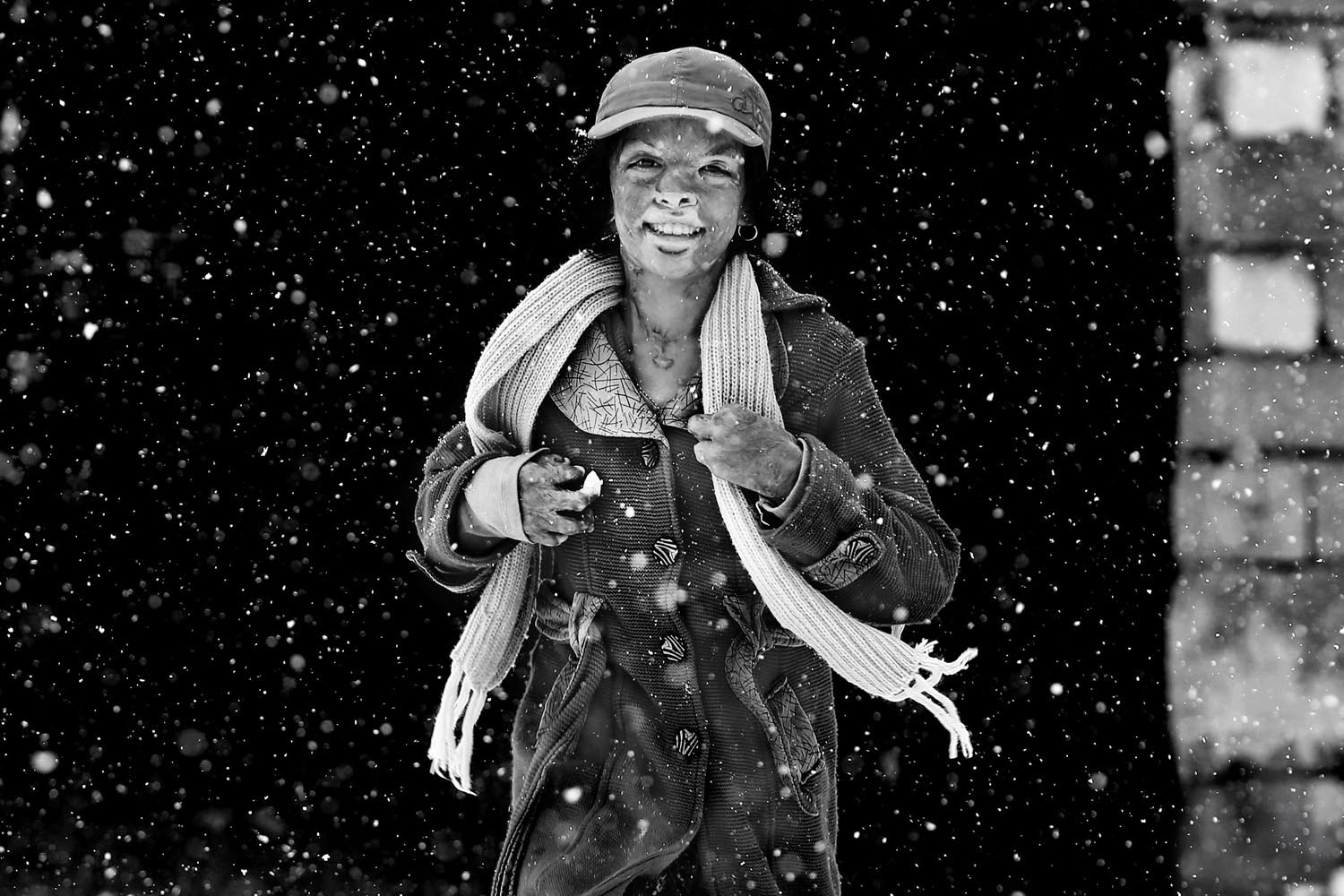Awards:


Head On 2015
Entries open for the Head On photo awards on 1st February and close 1st March. In addition to the Head On Portrait, Landscape, Mobile and Multi-Media Awards, this year there will be a fifth award category, but just what that might encompass is currently under wraps. Visit the website here for more information and updates. Head On runs 1-31 May in Sydney.
Exhibitions:
London:
Drawn by Light: The Royal Photographic Society Collection
More than 200 photographs, some dating back to the 1820’s, feature in this exhibition which, if nothing else, shows little change in human nature and the subjects photographers are drawn to. The exhibition is cleverly hung to depict images taken decades apart that evoke similar sentiments. Many of these photographs are taken by doctors, soldiers and other non-professionals - nothing's changed there either. The Guardian has published a series of articles on the exhibition (oh for a newspaper in Australia that finds photography that important!). Start here and work your way through each posting. It’s definitely worthwhile especially if you can’t get to the physical show.

Portrait of Christina, c1913 by Lieutenant Colonel Mervyn O’Gorman
Photograph: Royal Photographic Society © National Media Museum, Bradford

Daguerreotype St. Paul’s Cathedral, c. 1840s

Hippopotamus at Zoo, 1852, Juan Carlos Maria Isidro

Nude c.1855
Entries open for the Head On photo awards on 1st February and close 1st March. In addition to the Head On Portrait, Landscape, Mobile and Multi-Media Awards, this year there will be a fifth award category, but just what that might encompass is currently under wraps. Visit the website here for more information and updates. Head On runs 1-31 May in Sydney.
Exhibitions:
London:
Drawn by Light: The Royal Photographic Society Collection
More than 200 photographs, some dating back to the 1820’s, feature in this exhibition which, if nothing else, shows little change in human nature and the subjects photographers are drawn to. The exhibition is cleverly hung to depict images taken decades apart that evoke similar sentiments. Many of these photographs are taken by doctors, soldiers and other non-professionals - nothing's changed there either. The Guardian has published a series of articles on the exhibition (oh for a newspaper in Australia that finds photography that important!). Start here and work your way through each posting. It’s definitely worthwhile especially if you can’t get to the physical show.

Portrait of Christina, c1913 by Lieutenant Colonel Mervyn O’Gorman
Photograph: Royal Photographic Society © National Media Museum, Bradford

Daguerreotype St. Paul’s Cathedral, c. 1840s

Hippopotamus at Zoo, 1852, Juan Carlos Maria Isidro

Nude c.1855

The Gate of Goodbye c.1916 Francis James Mortimer

Movement Study, 1926 Rudolf Koppitz

Refugees from East Pakistan on the Indian Border, 1971 Don McCullin
New York:
Ken Schles - Invisible City/Night Walk 1983-1989

Invisible City
Forty black and white images from Ken Schles will be on show in celebration of the republication by Steidl of Invisible City and the newly released companion Night Walk. My interview with Ken will be published in the coming weeks, but to whet your appetite, check out these images.

Invisible City
Until 14 March
Howard Greenberg Gallery
41 East 57th Street, suite 1406
New York
Howard Greenberg Gallery
41 East 57th Street, suite 1406
New York
Melbourne:
Wouter van de Voorde
(Hume) sunrise
Wouter van de Voorde
(Hume) sunrise

This exhibition is part of the inaugural Photobook Melbourne festival which opens on 12 February. Look out for next week’s festival feature.
Of this body of work, Wouter van de Voorde says: “Early morning fog is one of the features of the Canberran winter rendering non-places into mystical wastelands. Wandering through these paddocks while shooting this series I imagined soldiers running through the fog, bombs, grenades, WWI… The photographer as a lone soldier wandering zig zag across the front-line in a brief instant of cease-fire. Until the sun breaks through the fog”.
Of this body of work, Wouter van de Voorde says: “Early morning fog is one of the features of the Canberran winter rendering non-places into mystical wastelands. Wandering through these paddocks while shooting this series I imagined soldiers running through the fog, bombs, grenades, WWI… The photographer as a lone soldier wandering zig zag across the front-line in a brief instant of cease-fire. Until the sun breaks through the fog”.



5-28 February
Colour Factory
409/429 Gore Street, Fitzroy
Opening night: 12 February 6pm
Interesting Articles:
Colour Factory
409/429 Gore Street, Fitzroy
Opening night: 12 February 6pm
Interesting Articles:
What can a pregnant photojournalist do? Everything
Lynsey Addario

Lynsey's book "It's What I Do: A Photographer's Life of Love and War" will be released next week (5 February). To get a glimpse of what this book has in store read Lynsey's article in the New York Times here.
The costa del concrete: the Mediterranean coastline then and now in pictures by photographer Pedro Armestre for Greenpeace - The Guardian

.jpg&container=blogger&gadget=a&rewriteMime=image%2F*)
Award-winning Dutch advertisement shows how guide dogs are being used to help those suffering from the nightmares of war - Daily Mail

How photography’s ‘decisive moment’ often depicts an incomplete view of reality by Fred Ritchin

The death of Fabienne Cherisma, from the series Haiti, 2010, © Nathan Weber/NBW Photo




















_1200pxl.jpg&container=blogger&gadget=a&rewriteMime=image%2F*)
(Contre-jour%252C-1961)_1200pxl.jpg&container=blogger&gadget=a&rewriteMime=image%2F*)
_1200pxl.jpg&container=blogger&gadget=a&rewriteMime=image%2F*)

































